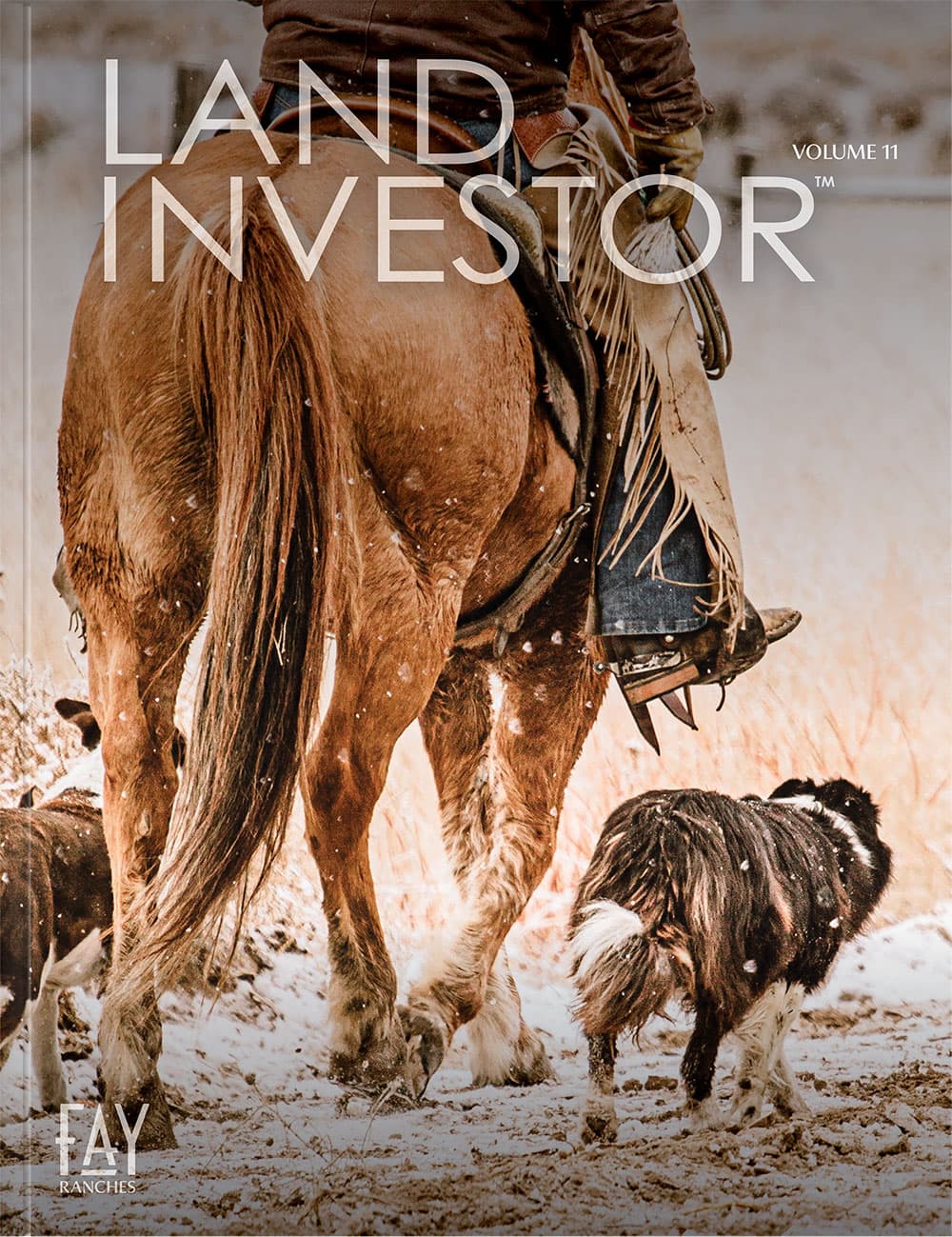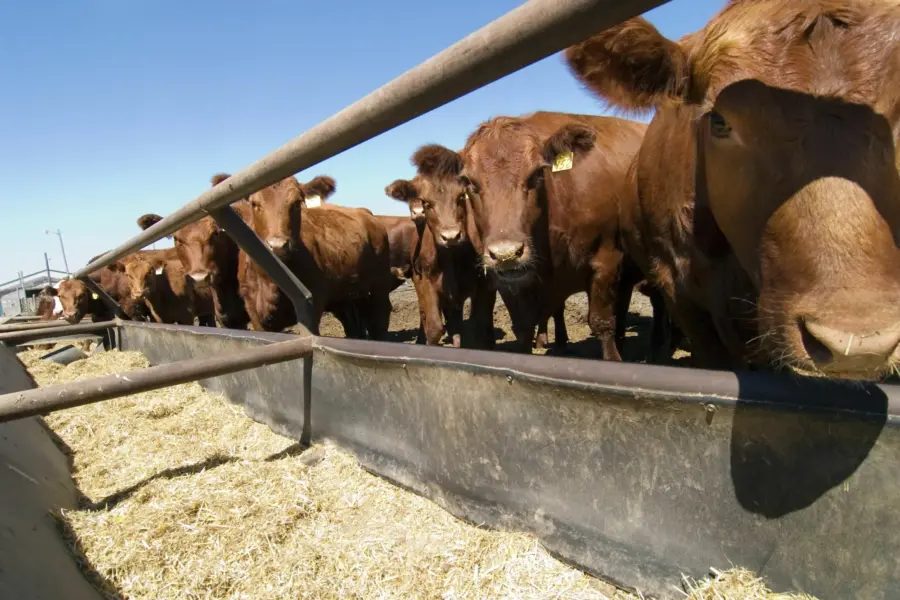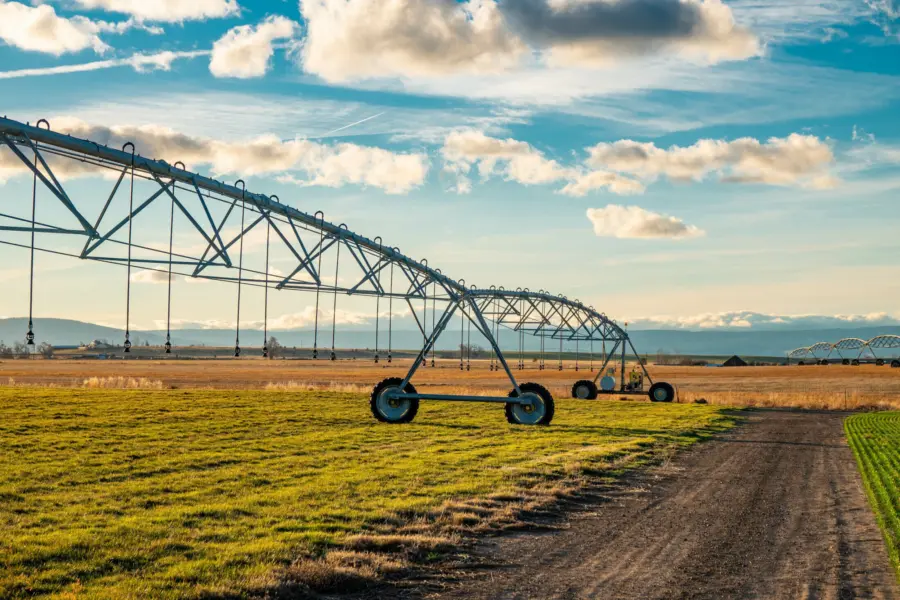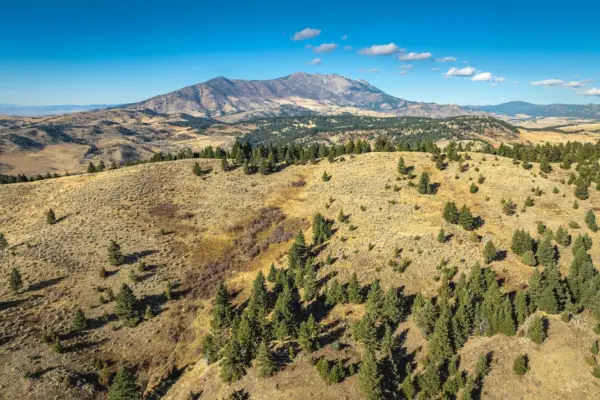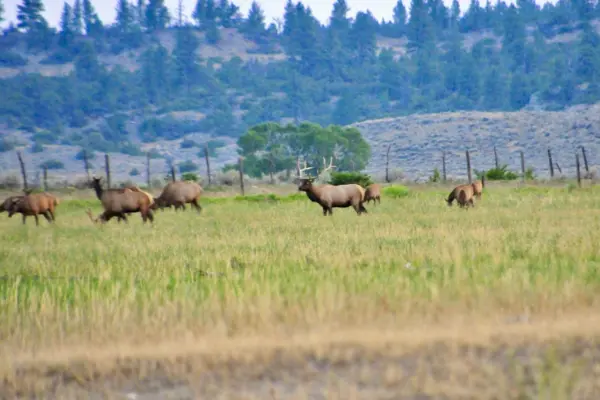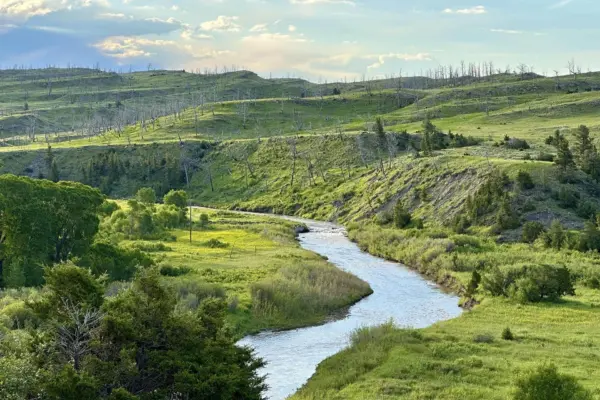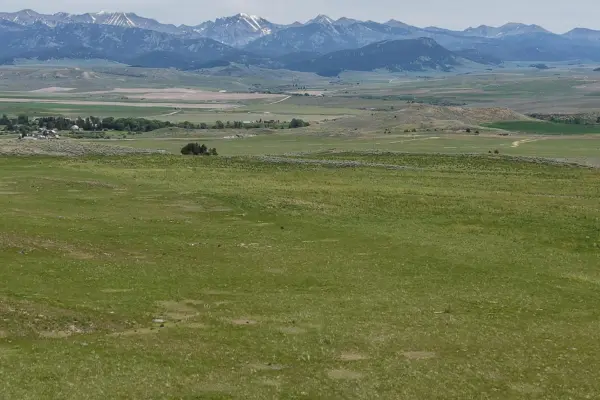Utility: Raw land, located in the path of development, that is developed to its highest and best use, and valued for its utility to the end user, has been, and still is, one of the cornerstones of real estate investment and the root premise driving subdivision. Unfortunately, the disappearance of the working ranch as car dealerships replace cow pastures is one of the great tragedies of the American West. But like a hero’s journey, the western ranch is on the road back with new models to accommodate the reorientation of values in the marketplace. No more is ranchland’s highest and best-use a place to store cows until it is eventually devoured by urban development. Clean air, clean water, healthy food, happy families, intact communities, and meaningful lives lived now drive the bus, and ranches can provide all this and more. Owning a place where you and your family can relax, recreate, and share meaningful experiences while escaping the chaos of the modern world has tremendous value in this day and age. Stewarding programs employed to effectuate improved ranch economics while being completely compatible with improved environmental outcomes is incredibly rewarding. Uninterrupted views across open space where fish and wildlife spill over into the public domain is a dividend everyone enjoys. The ability to harness the wind that blows above the ground or the sun that bathes all of it represents real value. Whether harvested with a windmill, solar panel, or with blades of grass eaten by livestock, the renewable energy that can be captured on a ranch in one form or another is the ultimate golden goose. Nontraditional revenue streams are now regularly realized. From such ranch enterprises as hunting leases to wedding venues, the traditional ranch model has been reimagined to leverage ranch attributes and resources to compete in today’s upcycle economy.
The ranch market is realizing an increasing investor pool like never before, and at a time when the ranch asset is becoming ever more scarce. A reorientation of cultural values creates demand for ranches to be kept as working lands, employing new models of investment that achieve long-term economic results through ecological incentives. Aggregation, not subdivision, is moving acres out of the ranch asset market and locking them up for the long term, creating scarcity and helping to drive appreciation.
Whether you start by owning the hood ornament or the whole El Camino, the ranch asset space is replete with opportunities to create value, hedge against inflation, generate returns, preserve wealth, and improve the quality of life for countless people in addition to your own. Lastly, the 1031 exchange and the conservation easement are well-suited tools to help transition into the ranch asset space and achieve tax advantage in addition to those advantages commonly understood with other tax deferment tactics. The ranch asset is mysterious to many, which may be part of its appeal, but the body of knowledge necessary to navigate this asset class is not unsurmountable. With access to information improving by the day, and plenty of qualified people entering the landscape to manage your asset, the western ranch is an investment you can truly enjoy for generations.
If you are interested in diversifying your investment portfolio with land, visit Fayranches.com to search for the perfect property for you and your family.
